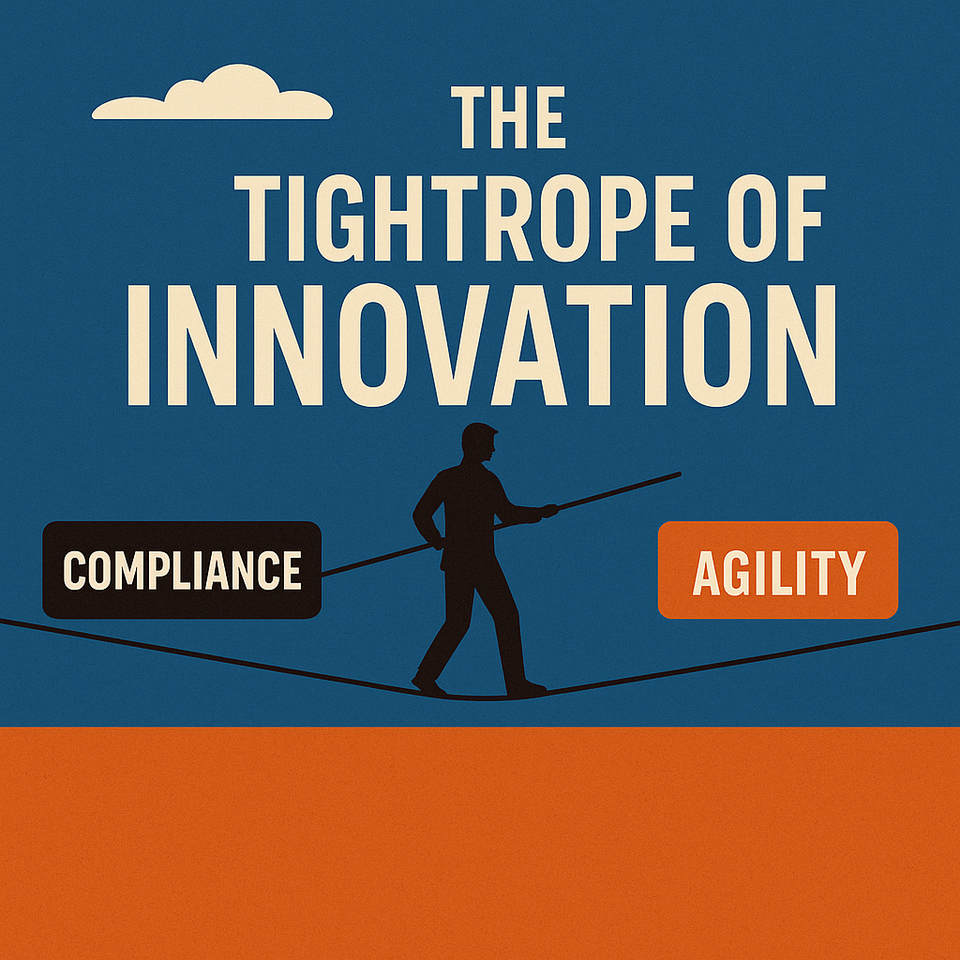The Tightrope of Innovation: Balancing Compliance and Agility in Government IT

In the fast-evolving world of technology, balancing compliance and early architectural review with innovation and rapid development is already difficult in the private sector. Now imagine that challenge within the structure of government IT, where compliance isn’t just best practice—it’s law.
At Miami-Dade County IT, we live at this intersection every day.
Why We Can’t Skip Compliance
Whether it's a custom-built app or an off-the-shelf solution, the stakes are high. From CJIS to HIPAA to PCI-DSS, the regulatory landscape demands rigor. That means early architecture reviews, security assessments, data classification, integration patterns, and long-term operational sustainability must all be evaluated—sometimes before a single line of code is written or a vendor is onboarded.
These aren't just bureaucratic hurdles—they are protective measures. For an enterprise like ours, with hundreds of apps and complex citizen-facing systems, one bad architectural decision can ripple across departments and budgets for years.
But Innovation Can’t Wait
At the same time, teams are expected to deliver quick wins. Internal customers want solutions now, not in six months. Developers want the freedom to prototype and experiment. Emerging needs—like automating a paper-based process or enabling new kinds of data visualization—don’t conveniently wait for the next cycle of policy reviews.
This is the tension: rigor vs. velocity, oversight vs. autonomy, stability vs. innovation.
How We're Working to Balance Both
At Miami-Dade, we’re learning that balance doesn’t mean compromise—it means smart process design:
- Early but Lightweight Reviews: We’ve adopted a tiered architecture review process. Not every app needs the same level of scrutiny. We’re aiming to match the rigor to the risk.
- Pre-approved Patterns: By offering vetted integration patterns, identity frameworks, and cloud deployment templates, we give teams a compliant starting point—without slowing them down with every new request.
- Compliance-as-a-Service: Security and compliance are shifting left. We’re embedding those reviews into our DevOps workflows and tooling so developers can self-check instead of waiting on a gatekeeper.
- Governance with Guardrails, Not Roadblocks: Our job isn’t to say “no.” It’s to say “yes, and here’s how to do it securely and sustainably.”
Final Thoughts
In public sector IT, agility isn’t optional anymore. Citizens expect modern digital services, and internal users expect flexibility. But neither can come at the cost of resilience or public trust.
So we’re not choosing between compliance and innovation. We’re building an ecosystem that embraces both. It’s not perfect, and it’s definitely not easy—but it’s the only path forward.
If you’re navigating a similar balancing act in your organization—government or otherwise—I’d love to hear how you’re approaching it. Let's share notes.



Member discussion